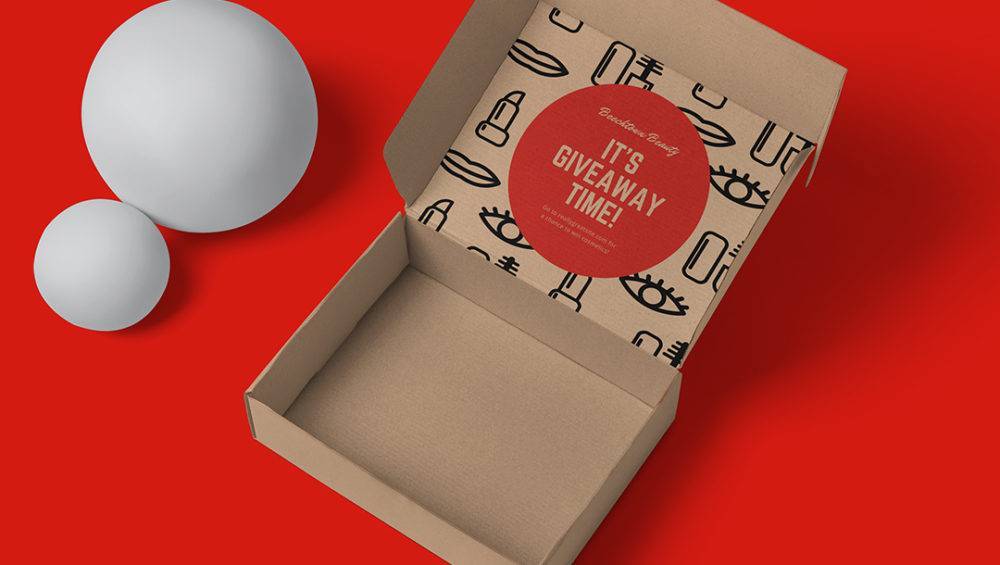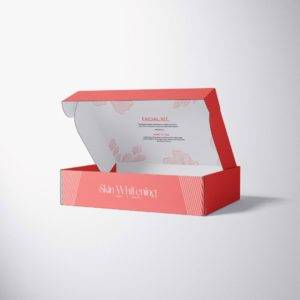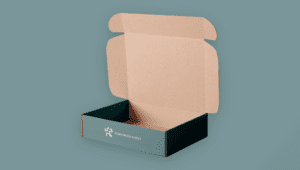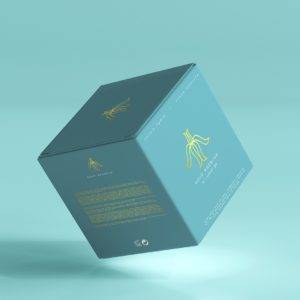Buyers Guide to Custom Packaging
Custom Packaging plays a crucial role in the success of your business. From keeping your products safe during transportation to influencing your marketing experience, it is an integral component of a brand’s success in developing customer loyalty.
Understanding the various aspects of customized packaging can help you develop the best branding experience for your customers, fully utilize the potential of your product. On the contrary, a rushed and unplanned custom packaging approach can cost you thousands of dollars and the safety of your product.
This blog will discuss in detail the essentials of custom box packaging to leave a lasting impression on your audience.
What are your packaging needs?
Your custom packaging process should start with research and understanding the packaging needs of your products. Determine what you need to pack and how. Here is an important checklist that you should identity:
– Do you require a specific style that is different from standard sizes?
– What is the amount of budget you are looking to spend per unit?
– Do you require packaging because you need to keep your products safe?
– Do you have special requirements such as packing items that may get contaminated, break or get damaged during shipment?
Answer this checklist to understand better what kind of packaging would your product need.
- Cardboard Boxes: A feather like lightweight material that is paper-based and is much extra solid than standard papers. Its thickness allows it to be an effective and robust material for customized boxes. You can use cardboard to create a range of structures, proportions and styles. These boxes are ideal for packing products like: cosmetics, frozen food, medicines, CBD oils, milk and more.
- Corrugated Boxes: High in strength, sturdy, lasting and durable, the primary purpose of corrugated boxes is to ship products that may be large and heavy. The products can range from auto parts to apparels, industrial goods, medical supplies etc. Corrugation adds additional strength to the box which guarantees the safety of product during shipment.
- Rigid Material Boxes: A thicker than the other material, rigid boxes comprise of condensed wooden paper Rigid material is much thicker compared to others. The primary use of rigid material is to pack technology, jewelry, merchandising and heavy luxury couture.
- Poly Bags: They are communal for packaging lightweight products such as food items, magazines, flowers etc. Poly mailers are also tear and weather resistant. You can customize them in any color.
Difference between Product & the Shipping Boxes
What sets apart product and shipping packaging is the design and purpose. The primary use of product boxes is to present your product in the best light. This type of packaging is immensely important for creating a positive brand experience. Product packaging is mostly designed to be of a high-quality but lightweight constituent that include kraft, standard or premium white cardboard, and art paper. Packaging boxes for products can be artistically designed and printed in various colors, and shaped in various styles.
The primary purpose of shipping boxes on the contrary is to be guarantee the secure shipment of your product. From selecting a sturdy material that is robust and resistant to pressure, to adding layers of flute to ensure durability; shipping boxes are supposed to be resilient in terms of packaging. Consider them as an airbag for your product protecting them for strike and pressure.
Both packaging styles have unique advantages as well as requirements. When printing product boxes, you will be required to include important brand information such as logos, product details, instructions for use, ingredients etc. Shipping boxes on the other hand require labelling for carriers.
Designing Your Custom Packaging
Talk about designs and sky’s the limit in custom packaging. The diversity of the styles and sizes available today allow you to experiment with various design styles, sizes and shapes. Whether you want custom inserts of laminated logos, custom packing gives you the freedom to bring the best out of your packaging experience.
Branding
Branding plays the most important role in bringing out the best out of your packaging. Your design and content placement should reflect your identity and engage clients with it.
Branding includes ideal placement of your logo, that is the key symbol of your brand. Whether you decide to print it in plain or make it extravagant with embossing or foiling, it should be consistent across all your packaging.
Other important parts of branding include taglines, icons, patterns and product information. These components of your design play a significant role in grasping the attention of your potential customer.
Colors
In customized packaging, you can choose a variety of printing options that accurately bring out your brand colors. When designing your packaging artwork, importance should be given to the color scheme, placement of design and how effectively it would come out in print.
Another essential aspect of colors is how attractive it will look in retail experience. Dull and boring colors ought to attract less customers compared to vibrant colors. Choose colors that stand out and grab the attention of your customers.
Images and graphics
Many brands tend to play with unique illustrations and images as a creative tool for branding. This enhances the appeal of their packaging and gets more customers to engage with the product. By adding graphics and elements to your design, and enhancing it with lamination, foiling, embossing and other add-ons, you can convey important information to your customers.
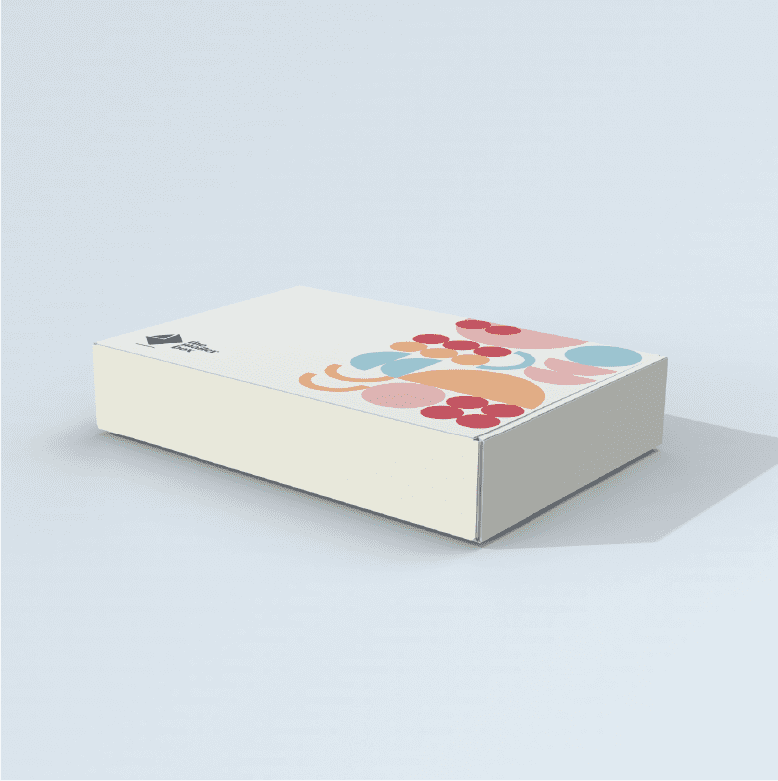
Finding the Right Supplier for Custom Packaging
Finding a custom packaging service makes the process much easier and smooth. Experienced and expert providers such as the mailer box not only understand the different aspects of design and development of custom packaging, but also help you make an informed decision about your material selection and packaging style.
When selecting a supplier, you should consider some key factors:
– The supplier should have experience in custom packaging
– Carefully understand the range of services and customizations they offer
– Ensure that they deliver in your region
– Deal in the material that you require for your product
– Have a design and customer representative team to help you with your artworks, product specification etc.
– Have a proven track record of making best in quality packaging products.
Once you have identified a supplier that checks all boxes, take the following steps to get your customized boxes:
- Get a Quotation
Start with providing your supplier all the correct information about dimensions of the box. Only after receiving the quantity and dimensions of your box can a supplier help you with an accurate quote.
If the quotation surpasses your budget, you can adjust it by letting go of certain services such as finishes and laminations. An experienced supplier will be able to develop for you a cost-effective packaging plan that not only suits your product’s packaging needs but also fits your budget.
- Finalize Artwork & Design
You will work closely with the art and design team of the manufacturer. It is important to pay attention to details when finalizing your design. The design not only reflects your brand’s identity but also conveys important information about your product. If you require design assistance, the design team of your manufacturer should be able to assist.
Another important aspect of design is the artwork guidelines. Your design should sit well on the die line, with careful attention to margins. Proofread and review the prototypes before sending your package for printing. Most companies like the mailer box provide a 3D mockup of your design to assess design and content placement.
- Production and Delivery
Once all the mockups and prototypes have been reviewed, set a date for delivery. Your manufacturer should be able to produce and ship your boxes on the finalized time. Coordinate with your supplier to ensure the final product is up to the mark and timely delivered.
Why Choose Custom Packaging?
Custom packaging is a whole experience when it comes to the marketing of your product. With a limitless range of products available in the market, customized packaging sets a sense of differentiation. The unboxing experience touches your customer at various levels, and essentially makes or breaks the branding efforts of your product. Want your audience to engage with the product? Get them to unpack it!

